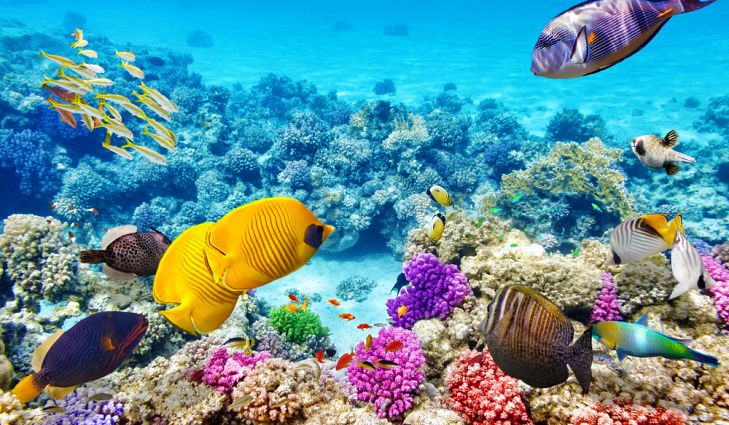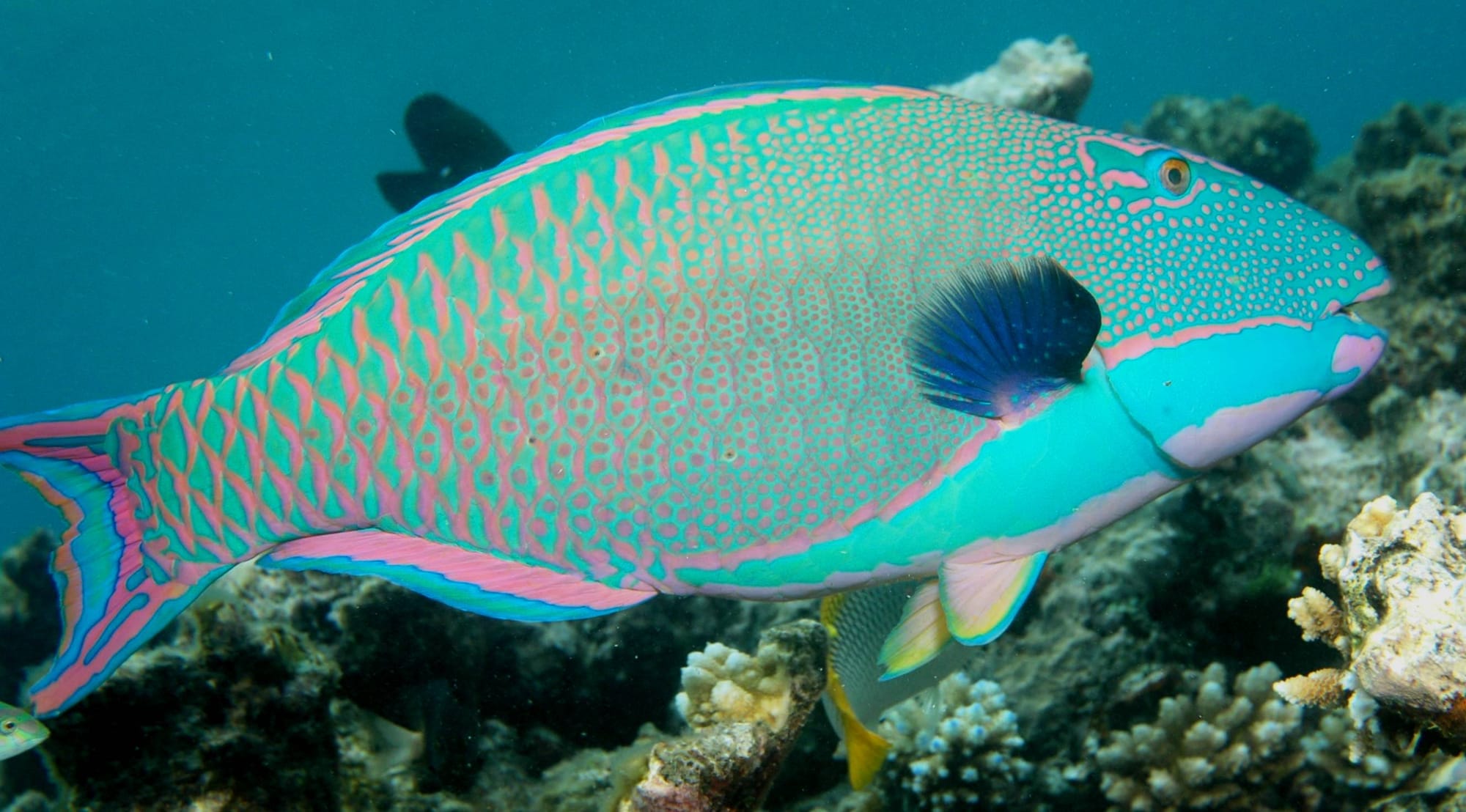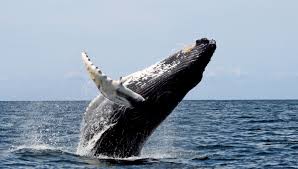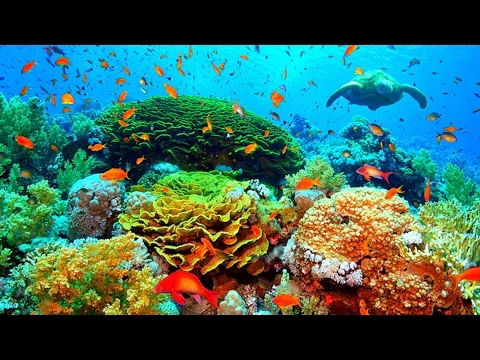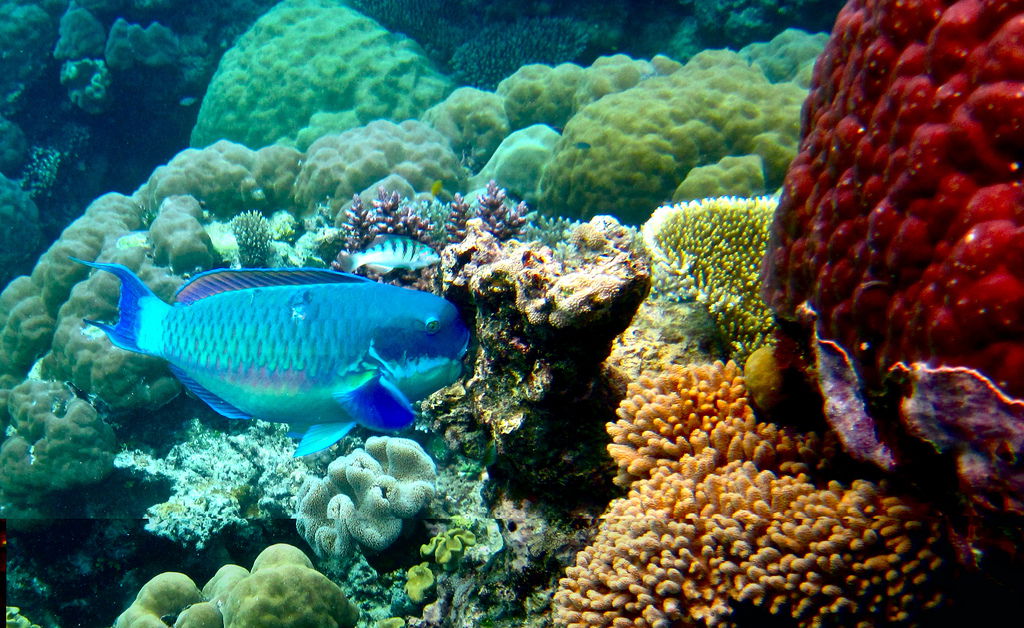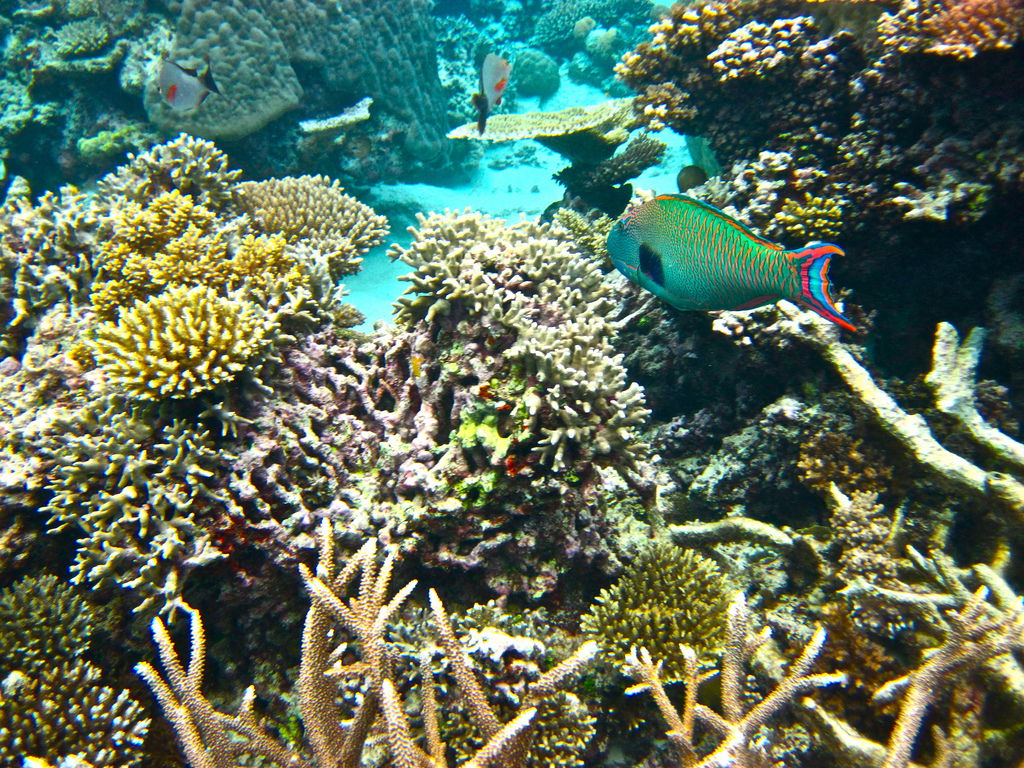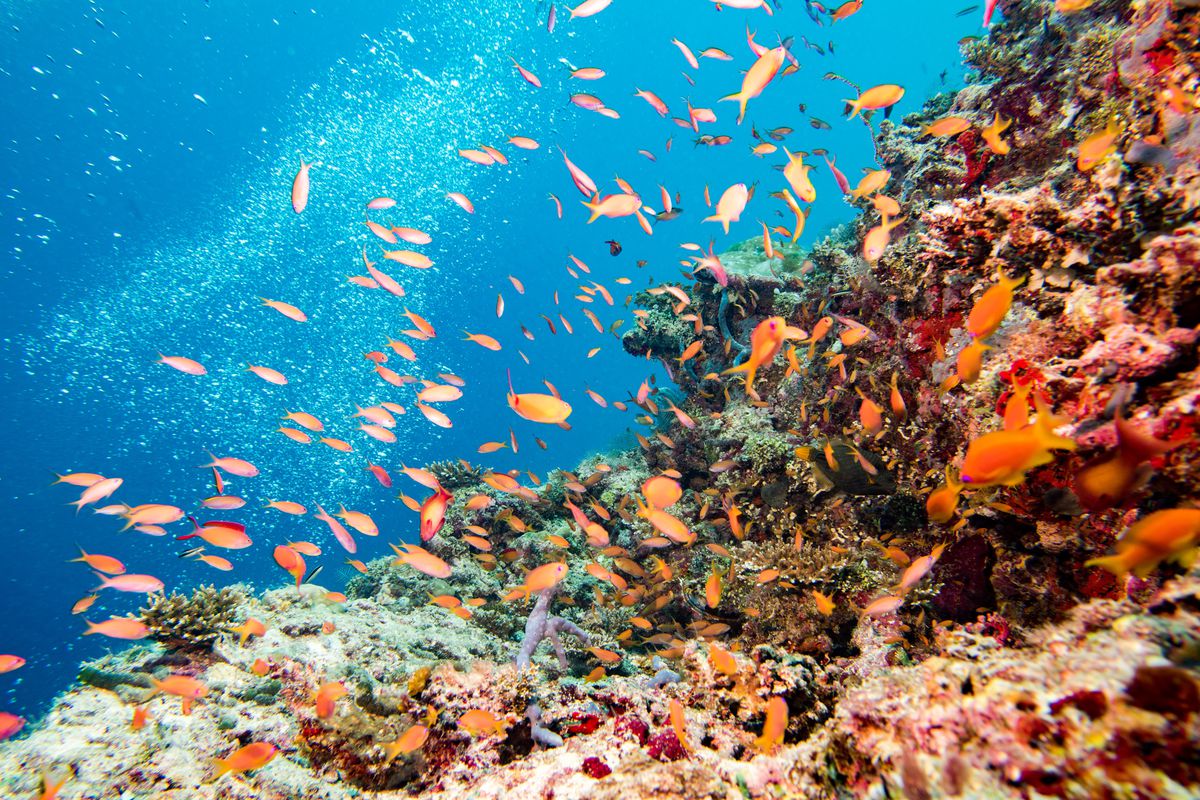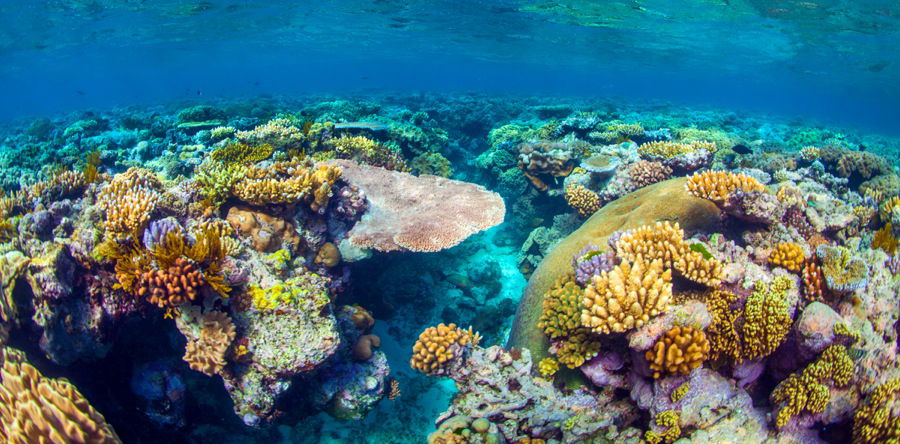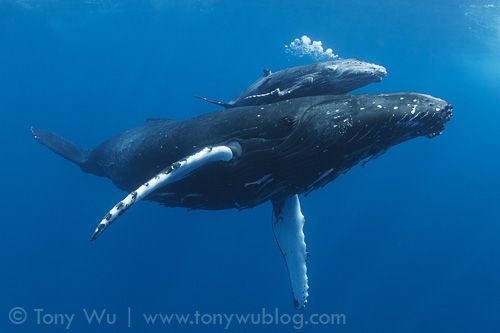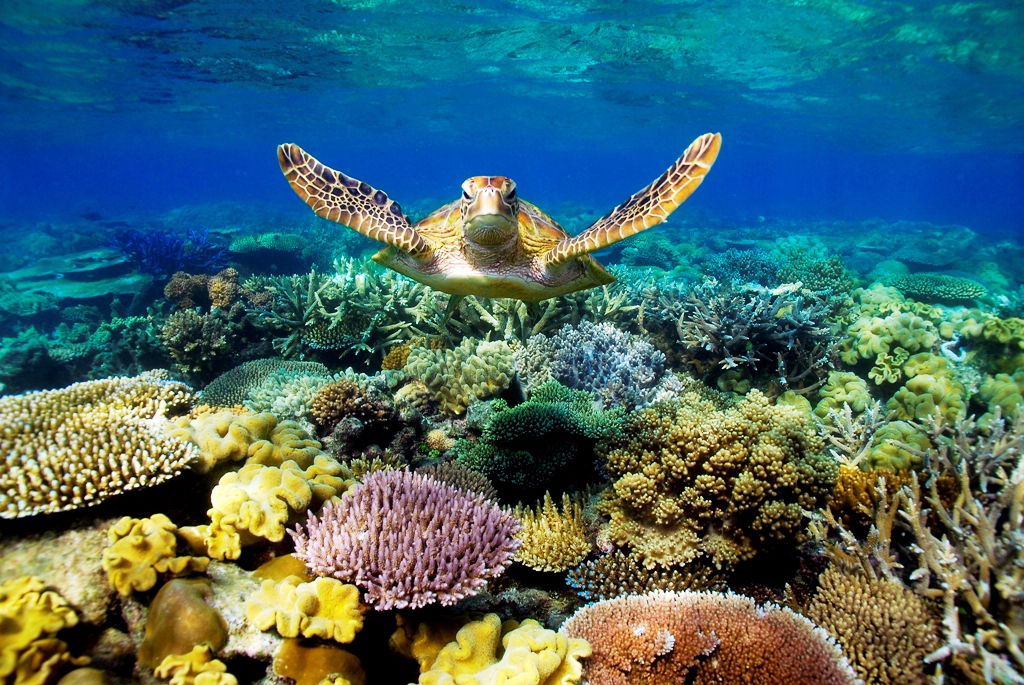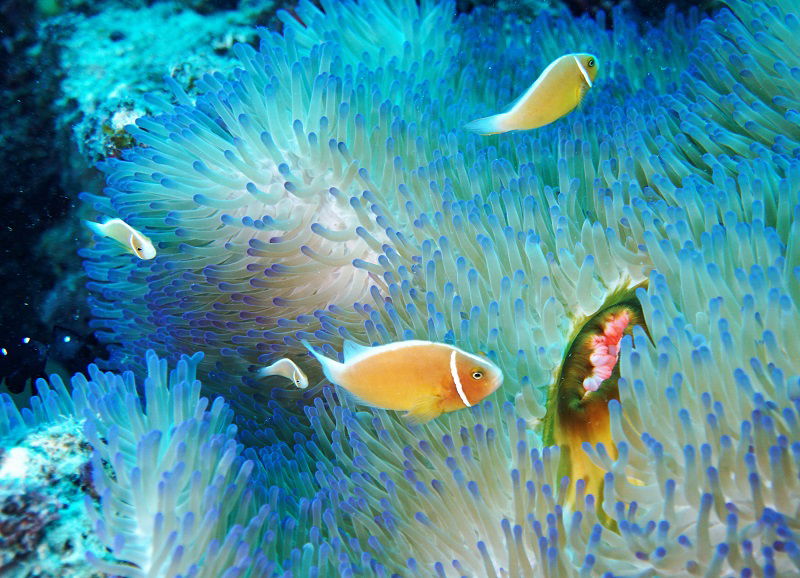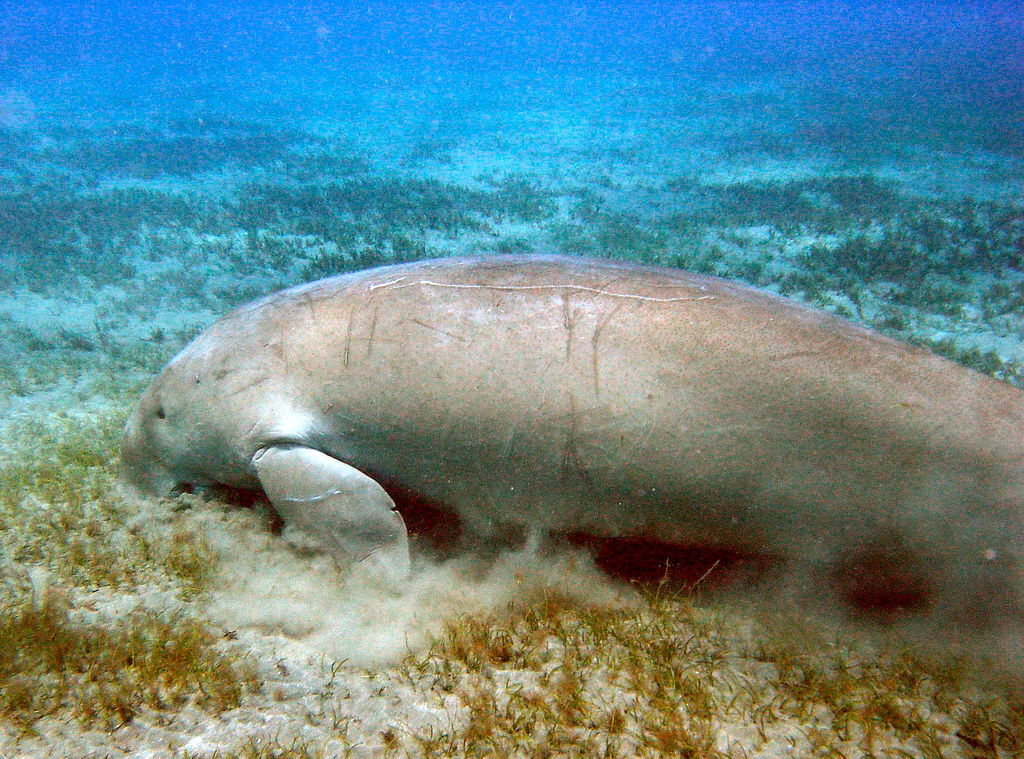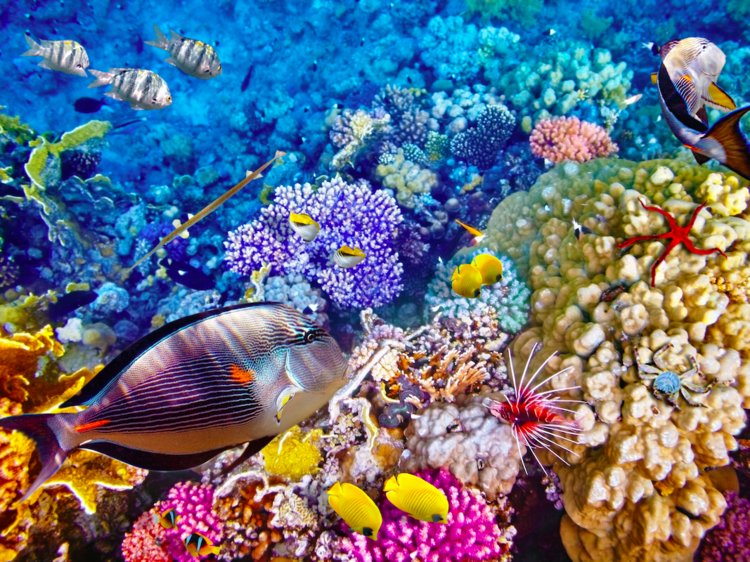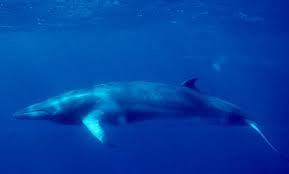The Great Barrier Reef
"Rainforests of the Sea"
The Great Barrier Reef
Location


Click this link for more information:
https://cairnsdiveadventures.com.au/reef-info/where-is-the-great-barrier-reef-located/
Endangered species in coral reefs



Marine turtles: Another of the most endangered animals in the Great Barrier Reef is the marine turtle. The World Conservation Union has classified 4 out of the 6 species of marine turtles as endangered. The other two species are also vulnerable to being endangered. Some of the species that are endangered are the following: Loggerhead turtle, Green turtle, Hawksbill turtle, and Leatherback turtle.
Whales: Whales have long been one of the most important animals of the reef for the aboriginal people, having the Mugga Mugga as their totem. Though they are currently under strict protection, whales have become endangered due to the high rate of whaling, i.e whale hunting. The humpback whale was down to as little as 500 specimens in the 1960's. However, their population is slowly growing thanks to the Great Barrier Reef Marine Park Authority (GBRMPA), who makes sure that the Barrier is the safest nursery area they can have.
Click this link for more information:
https://www.mission-beach-accommodation.com.au/region-guide/general-info/threatened-species-of-the-great-barrier-reef.172.html
Bleaching



Bleaching has been observed on the Great Barrier Reef since 1982, with severe bleaching events occurring in the summers of 1998, 2002 and 2006. Major bleaching events in Southern Hemisphere reefs (Pacific and Indian Oceans) tend to occur in February-April, with a lag of up to a month in the bleaching response of corals following thermal stress. Mortality appears to increase with the intensity of the bleaching event, which is determined by how much and for how long temperatures remain above the maximum mean summer temperatures.
Seasonal forecasts from coupled dynamical models such as POAMA can be used to detect anomalous SSTs several months in advance, allowing for proactive management responses. These products have revolutionised the way in which coral bleaching events are monitored and assessed in the Great Barrier Reef and Coral Sea.
Click this link for more information:
https://en.wikipedia.org/wiki/Coral_bleaching
Invasive species



These large carnivorous starfish, native to the Indo-Pacific region, are the hungry predators of coral polyps. Their characteristic spines are venomous, filled with saponins to dissuade their own predators. Crown-of-thorns starfish are responsible for 25% of the coral population decline in just the past three decades, and they will not be going away anytime soon - one female can produce 65 million eggs in one breeding season!
Coral reefs provide many ecological and economical benefits to our world, but are in danger of extinction due to invasive lionfish that originally inhabit the Indian and South Pacific Oceans and the Red Sea. Lionfish became invasive to Atlantic waters after being imported to the tropics for aquariums and subsequently being deposited into waterways due to their eventual size and dominance. They have no natural predators in these waters and are thusly becoming rapidly overpopulated and depleting resources, out-competing every other native fish in the Western Atlantic Ocean, Gulf of Mexico and the Caribbean Sea and wreaking havoc on the ecosystem ecologically, environmentally and economically.
Click these links for more information:
https://www.fisheries.noaa.gov/feature-story/impacts-invasive-lionfish
http://reefresilience.org/coral-reefs/stressors/invasive-species/
https://www.kidzone.ws/habitats/great-barrier-reef.htm
Articles
The Great Barrier Reef Is “In for a Rough Ride”
During summer 2017 a large swath of Australia’s Great Barrier Reef—normally a riot of electric oranges, reds and other colors—turned ghostly pale. Unusually warm water temperatures, partly due to global warming, had caused the corals to expel from their tissues the symbiotic algae that provide them with food and give them their brilliant hues. It was the second mass-bleaching event to hit the reef in as many years. Together, the back-to-back events hit two thirds of the reef....
An underwater investigation of coral bleaching in the South Pacific
Richard Vevers has traveled the globe to photograph coral reefs since quitting his advertising job. In 2011 he cofounded the XL Catlin Seaview Survey, a collaboration between the University of Queensland and a number of research institutions, photographing underwater corals as they adapt to climate change. He captured the Great Barrier Reef during its latest—and most devastating—mass die-off....
A Voracious Starfish Is Destroying the Great Barrier Reef
The Great Barrier Reef is literally being eaten alive. Deadly starfish are feasting on parts of the world’s largest reef system, which is already threatened by rising ocean temperatures, the Great Barrier Reef Marine Park Authority said on Friday. Crown-of-thorns starfish, a native species whose numbers occasionally grow so out of control they endanger the reef, have been detected on 37 sections of the southerly Swain Reef, more than 60 miles offshore....
The Great Barrier Reef is under siege
Australia’s iconic Great Barrier Reef may become irreparably damaged in the coming decades due to traumas caused by both nature and humans, leading scientists say. The dire warning comes in response to plans by the Australian government to start a massive expansion of the deep-water coal port in Abbot Point, on the northeast coast, a move that scientists have said could be a tipping point for the delicate and world-renowned marine environment already under fire from many factors, including invasive species, climate change and human pollution....
Vist these links for 360 angle view
Contact
- Coldwater, Mississippi, United States

